There are three main types of automotive bulbs: halogen, LED, and HID. While many people are familiar with HID bulbs, they might not know how they actually work. Below we will be discussing what makes HID Bulbs unique and how they work in your vehicle.
HID stands for High-Intensity Discharge. Unlike halogen bulbs, which produce light through a glowing filament, HID bulbs produce light through an electrical arc. The light produced by HID bulbs is extremely bright and they are used in many non-automotive applications including stadium lighting and IMAX movie projectors. The mechanism that creates this light involves two tungsten electrodes with an enclosed arc chamber between them. This arc chamber contains a noble gas, xenon in most cases, and a metal halide salt. An ignitor attached to the bulb provides a high voltage pulse of up to 25kV which is channeled through this chamber, ionizing the noble gas between the electrodes. The resulting trail of ionized gas conducts electricity across the electrodes, creating a stable arc.
As the arc continues to pass between the electrodes, the metallic salt in the arc chamber begins to vaporize. The more salt that vaporizes, the easier it becomes for the electricity to pass through the arc chamber. This process continues until the bulb’s electronic ballast, which controls the power flowing through the bulb, senses the level of resistance in the arc chamber that coincides with the desired power level of the bulb. Once this is achieved, the ballast continues to provide a stable level of power in order to produce light without any flickering.
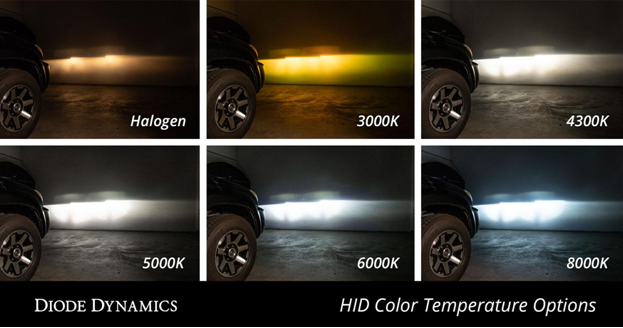
All HID bulbs require a ballast. Ballasts are devices that can provide variable power to HID bulbs. Ballasts are used in most arc lighting systems, including fluorescent lights. Like we mentioned above, to function properly, HID bulbs require a large initial surge of power from an ignitor to create the arc, then careful adjustment of the power to match the shifting resistance as the metal halide salts vaporize. High-quality ballasts will vary the power being fed to the bulb to help it heat up quickly and safely, without risking premature failure or overextending the warmup time.
The Kelvin scale is used to measure the color temperature of light. The halide salt mixture in the arc chamber will determine the color temperature of your HID bulbs. Higher temperature bulbs around 6000K require more salt and will produce a blueish-white light, while lower temperature bulbs around 3000K contain low levels of halide salts and will produce a yellowish light.
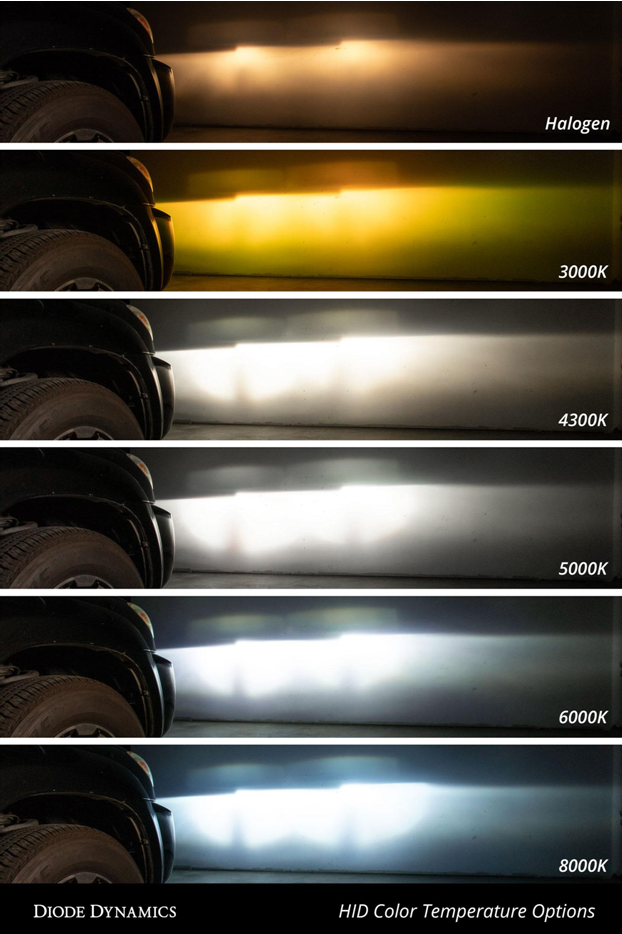
As your bulbs age, the electrodes spread out and they may begin to operate at higher Kelvin color temperatures, appearing bluer. This may be a sign that your bulbs are nearing the end of their lifespan and need to be replaced. If you need to replace your existing bulbs, check out our Replacement HID bulbs today.
When purchasing HID bulbs, it’s important to find the correct size for your vehicle. Check out our easy to use vehicle search to find the right bulbs for your vehicle. As always if you have any questions about your lighting, contact us!
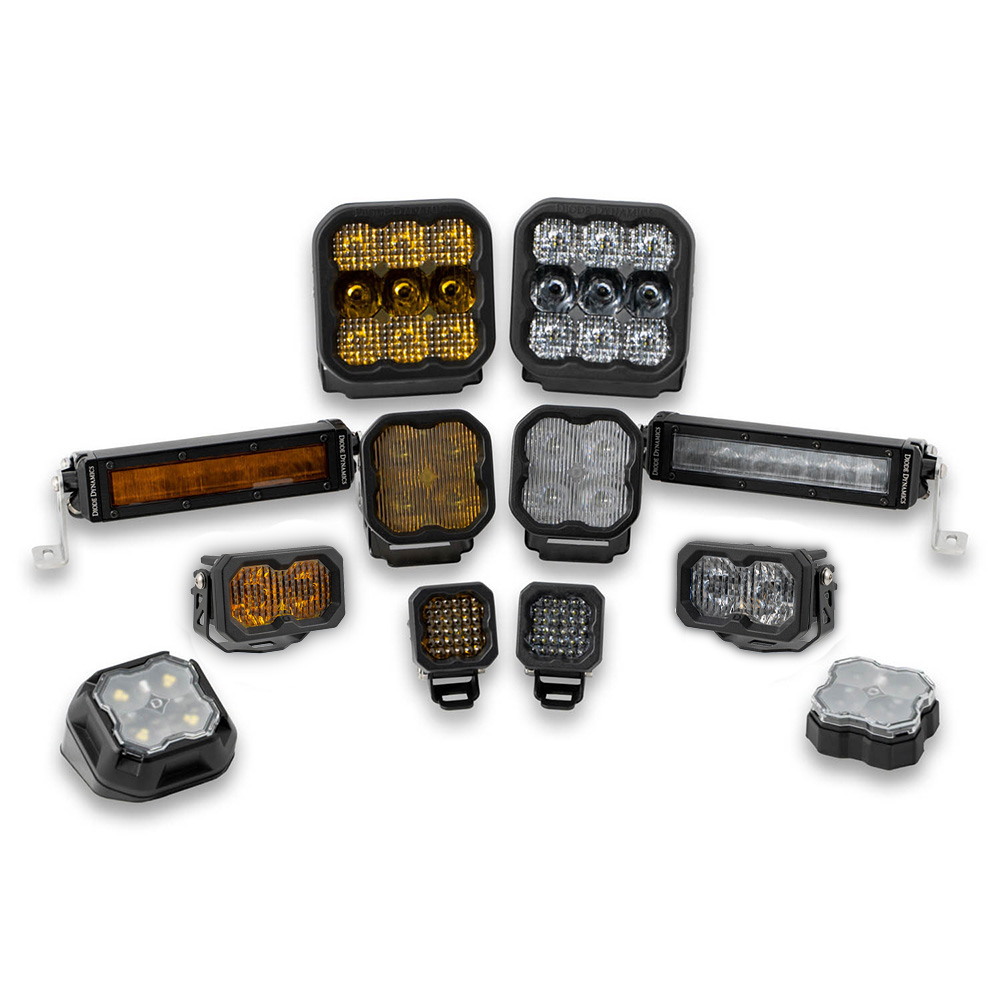
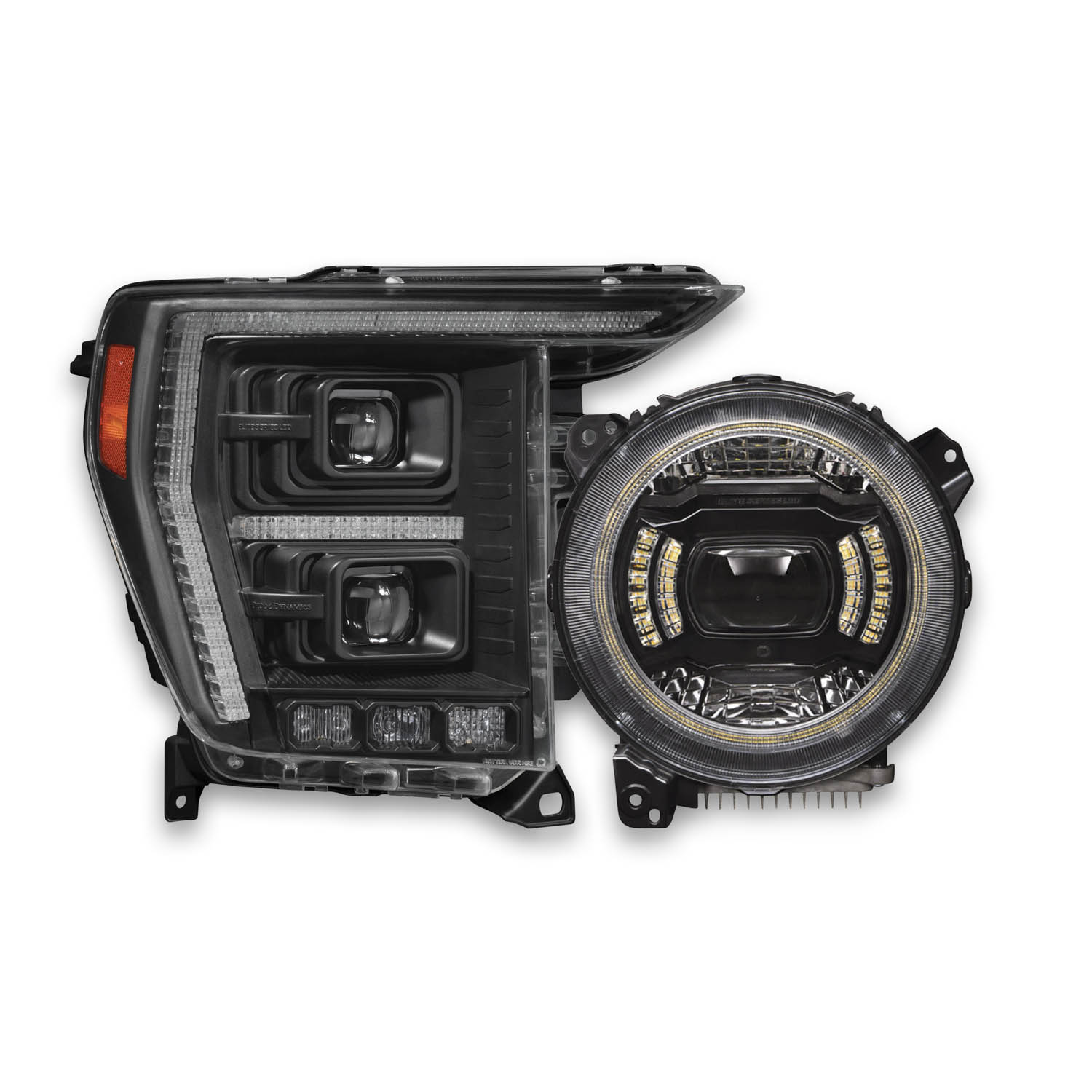
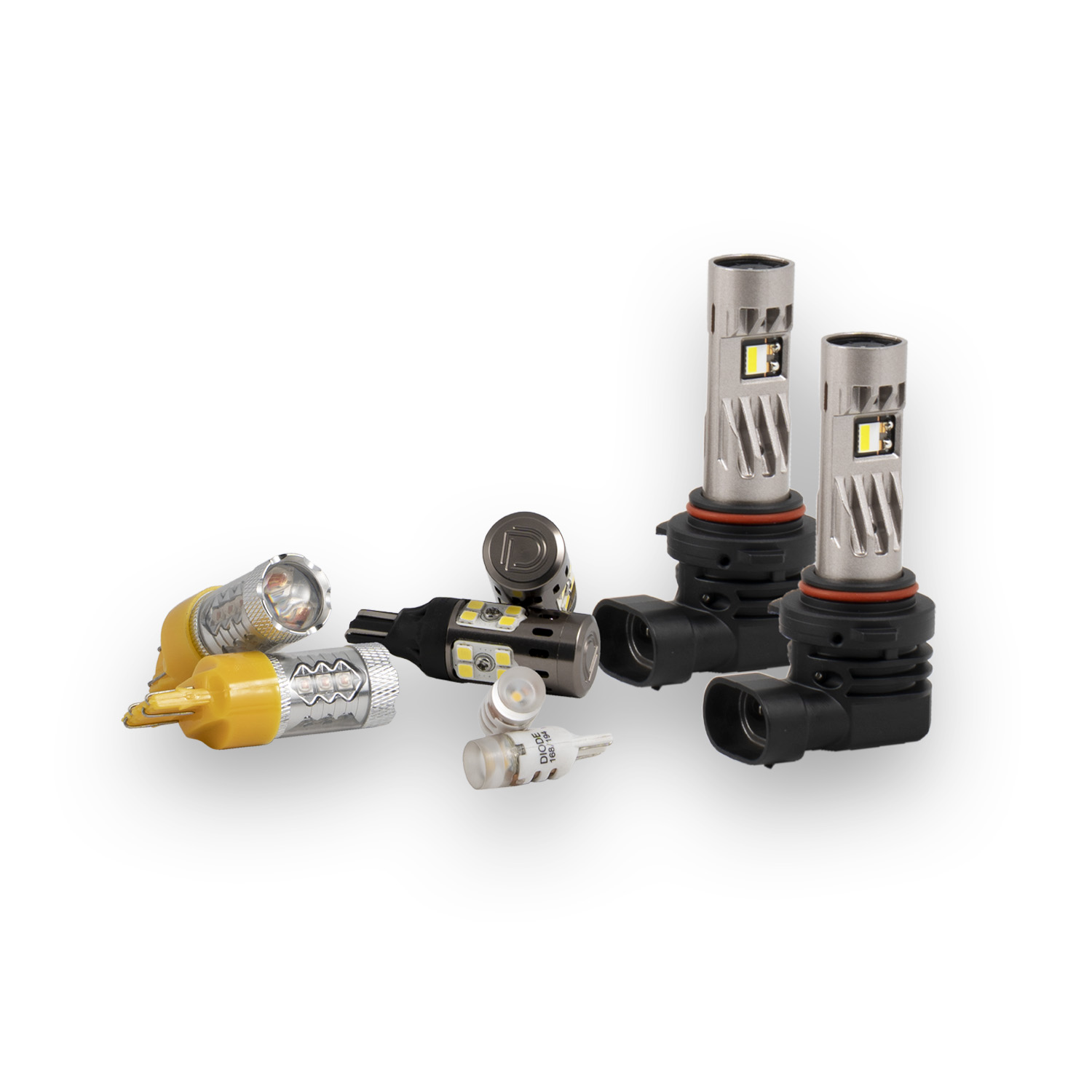
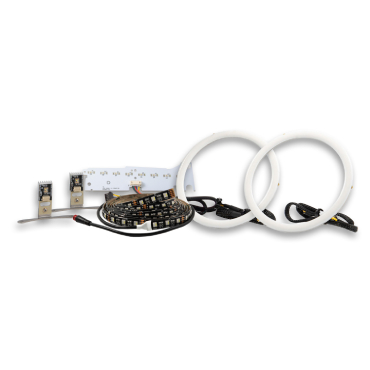
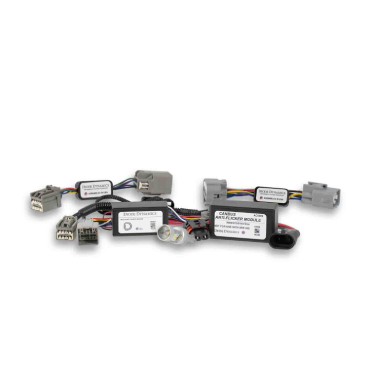



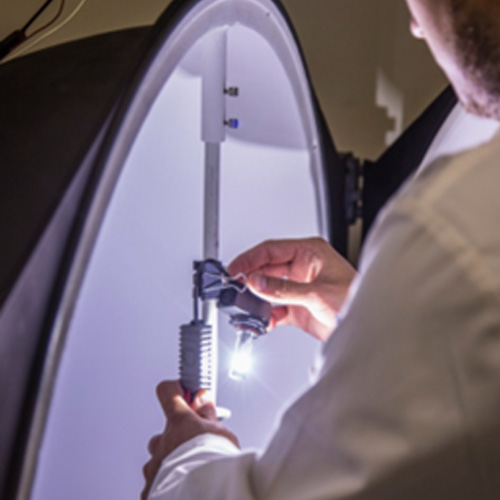
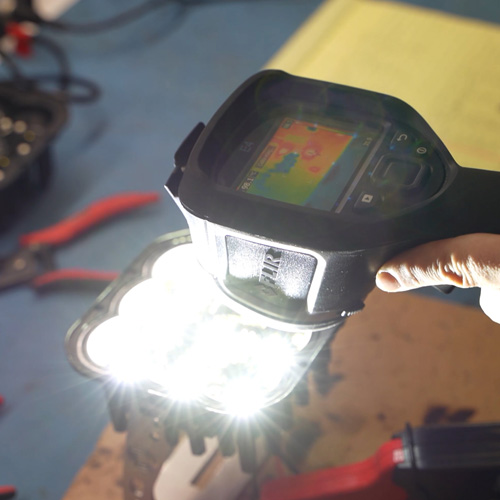
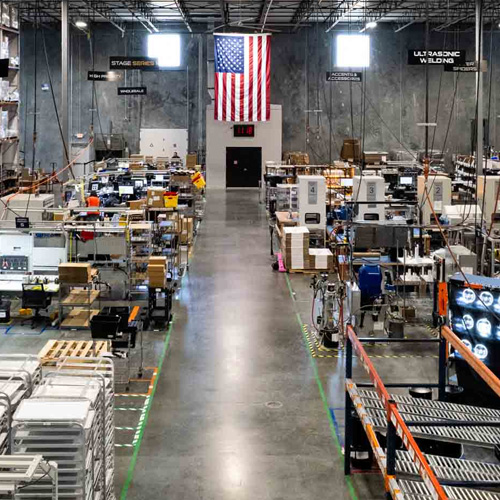
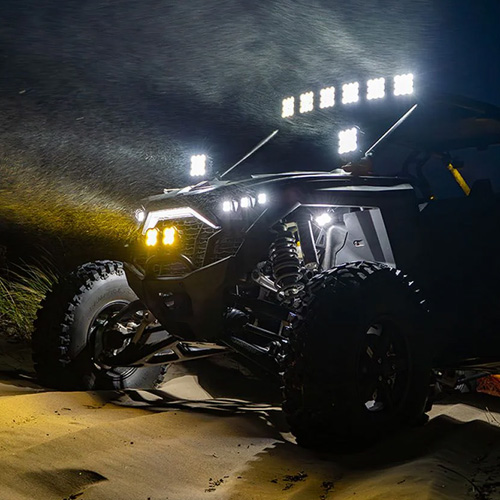


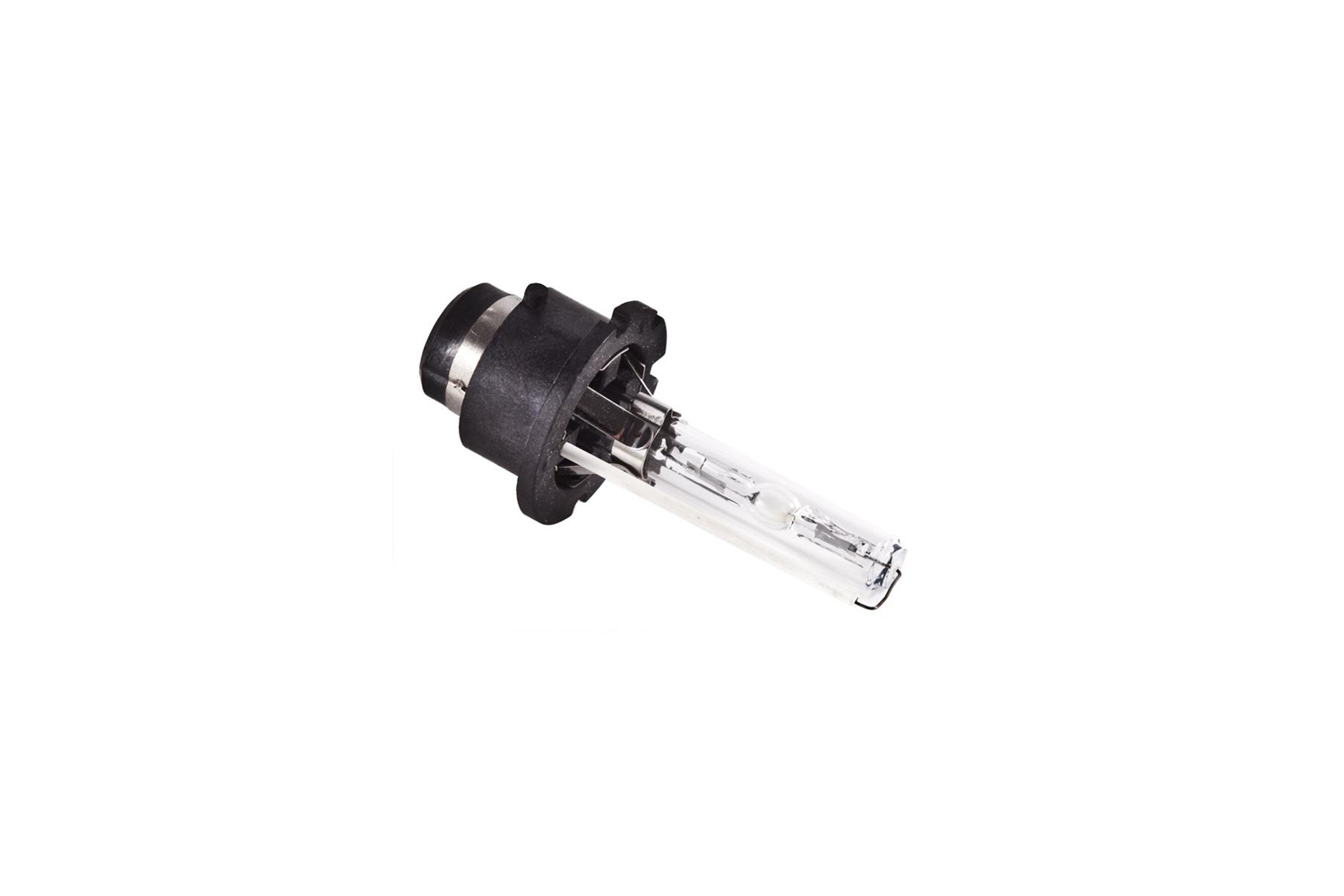
Share This Post